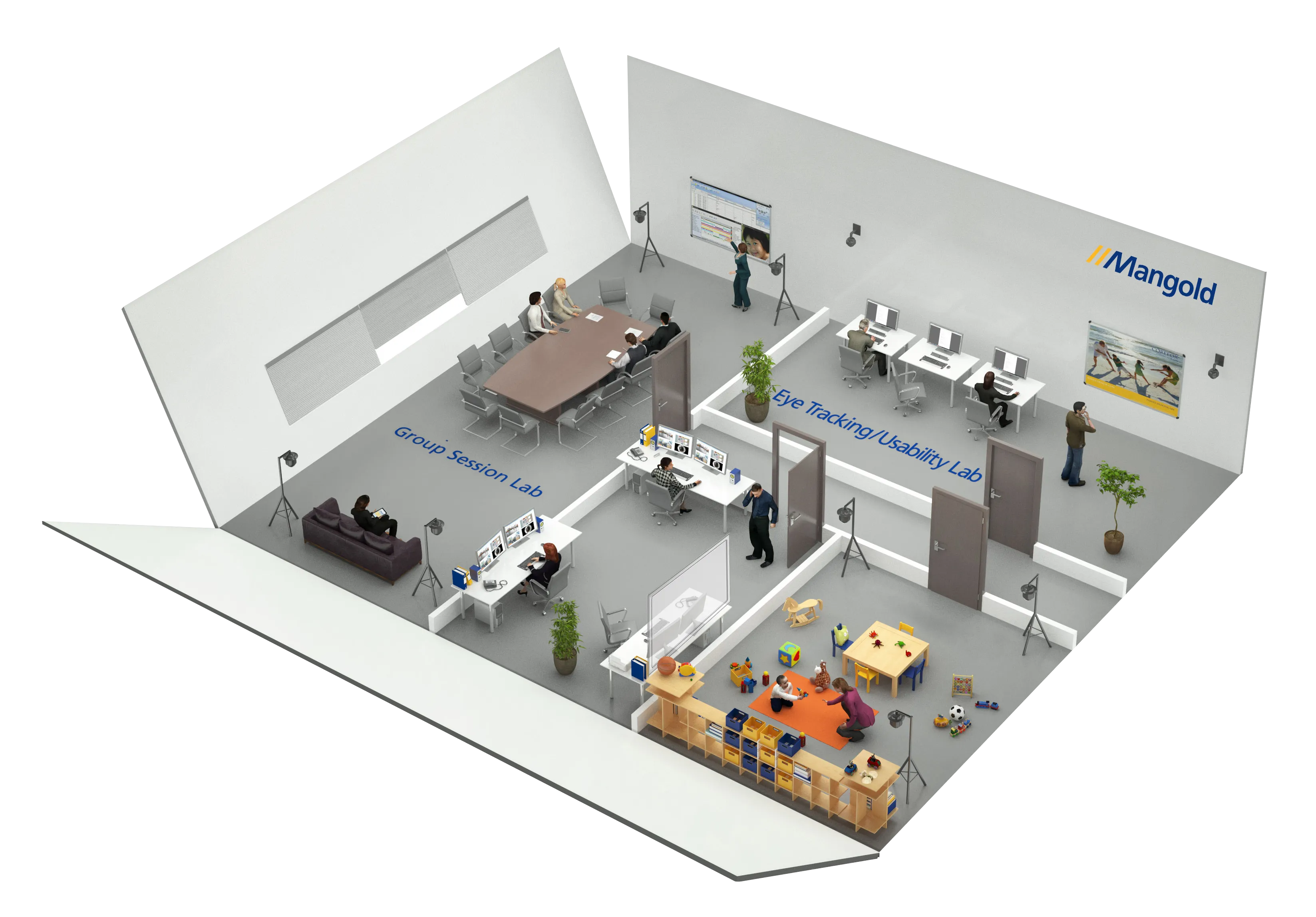Research · 4 min read
Educational Research with Mangold Products
Comprehensive guide to using audio/video systems for observational studies in educational research, teaching methodology, and learning analysis
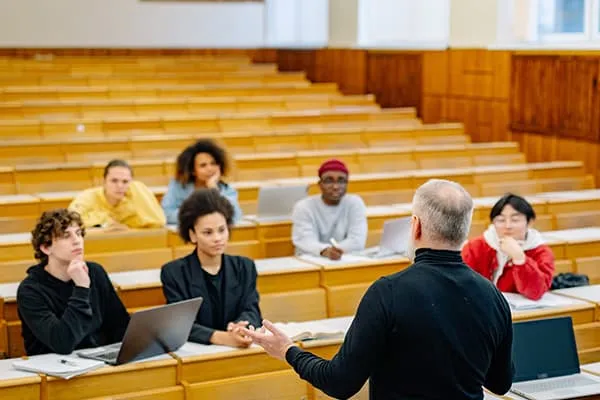
Teaching and learning research are areas of education science that deal with the content and analysis of teaching and learning processes in the classroom and derives optimizations for both areas.
For this purpose, findings and methods of educational research, didactics, pedagogy and educational psychology are used and the interaction between students and teachers is examined (but also situation analysis, e.g. in case of classroom disturbances, etc.). The resulting findings, theories and methods must in turn be verified by empirical studies.
If learning is viewed as the building of skills and knowledge in a holistic sense, then teaching can usefully be understood as an equally holistic process. Accordingly, the interaction between teachers and learners in the classroom is a complex construct that cannot be studied with empirical educational research alone.
Advantages of videography in classroom research
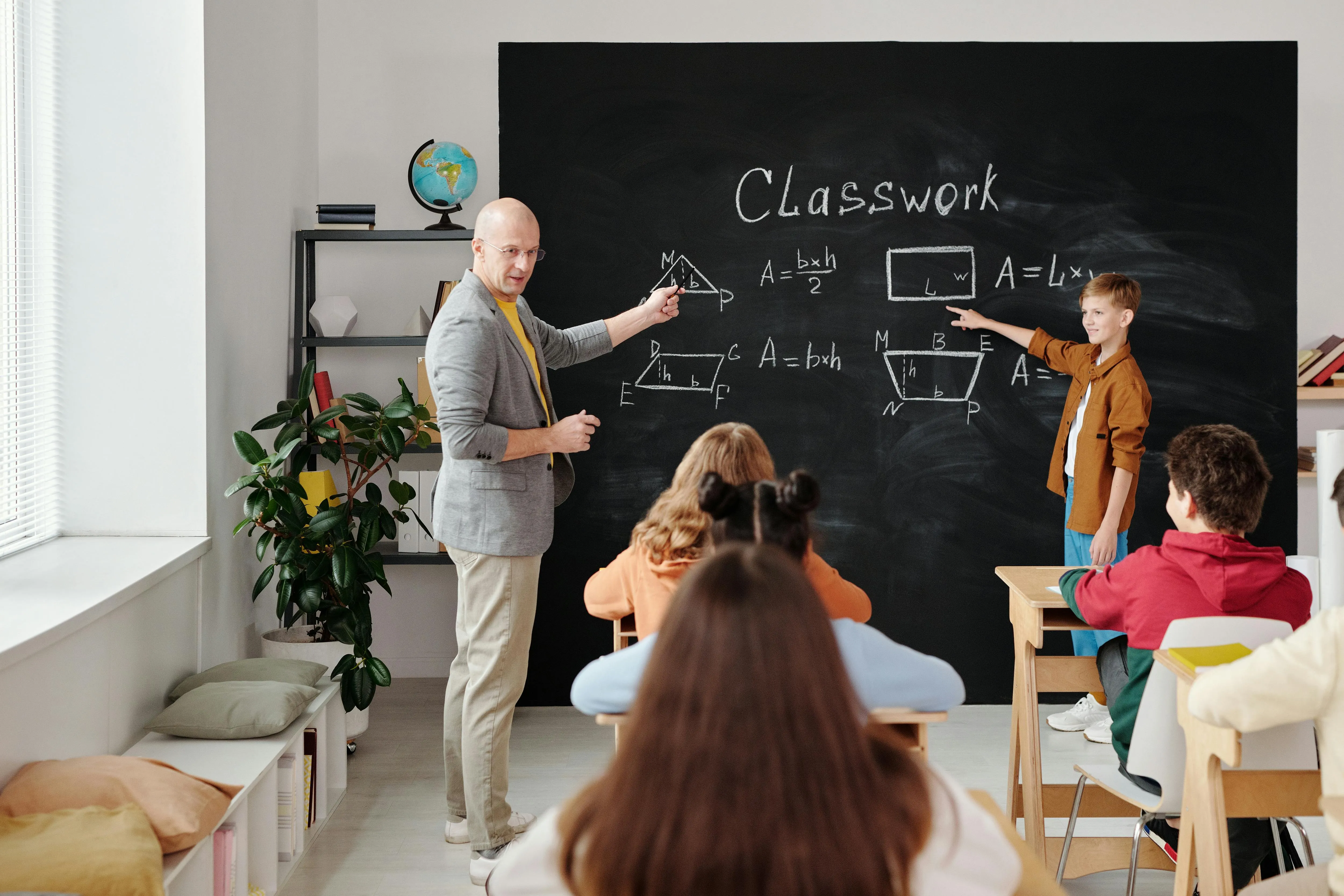
Teaching and learning research combines theories from different disciplines to provide a broader perspective on this multifaceted topic.
Taking it a step further, the research has to be extended to different institutions, learning environments or educational systems, which adds further dimensions to the research field.
In addition to all these dimensions, collecting reliable data is a key challenge in teaching learning research.
However, particular difficulties arise when classroom activities are to be observed directly, live.
Methods and techniques in classroom research
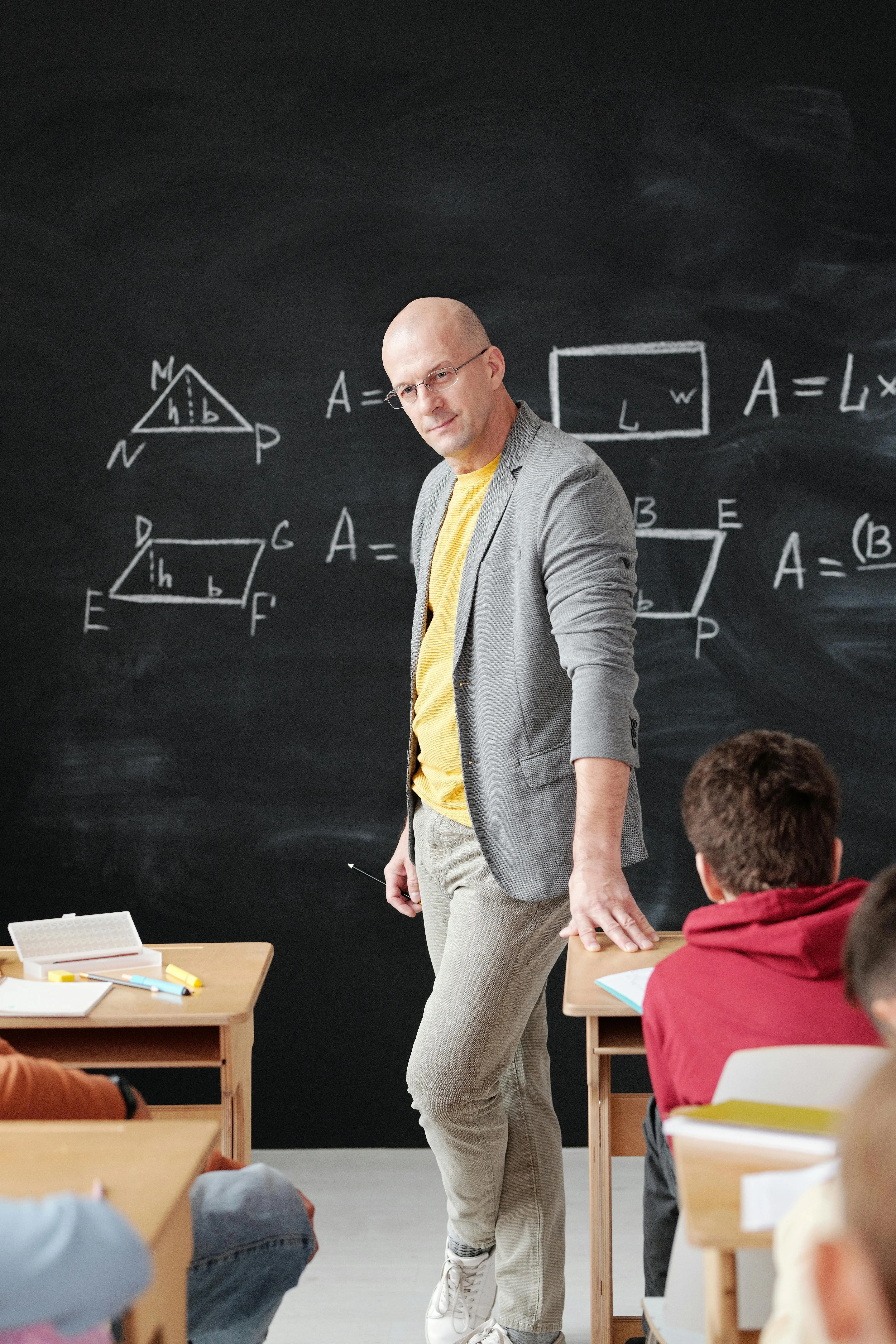
For observation in classroom research, videography of classroom events and the subsequent analysis of these recordings offer significant advantages over live observation.
Unfortunately, outdated theories, methods, and techniques are repeatedly applied based on older studies of classroom research. As a result, new studies based on them become real time-consumers and the results are limited to what was already expected.
However, those who skilfully apply modern technology and methods will quickly arrive at comprehensive results that go far beyond what can be observed.
Advantages of video-based observation over live observation
- Audio-video recordings preserve more information, because in live observation one cannot perceive many things due to distraction or concentration on certain details.
- Audio-video recordings can be played back repeatedly as often as desired in order to correctly evaluate what is happening with certainty.
- The playback speed can be varied at will to allow accurate analysis of complex or lengthy events.
- The repeatability makes it easy to evaluate the content in several runs and according to different criteria in each case.
- Due to the additional information in audio-video recordings, contexts can be examined that cannot be observed live because too many things are happening at the same time.
Audio and video technology for classroom research
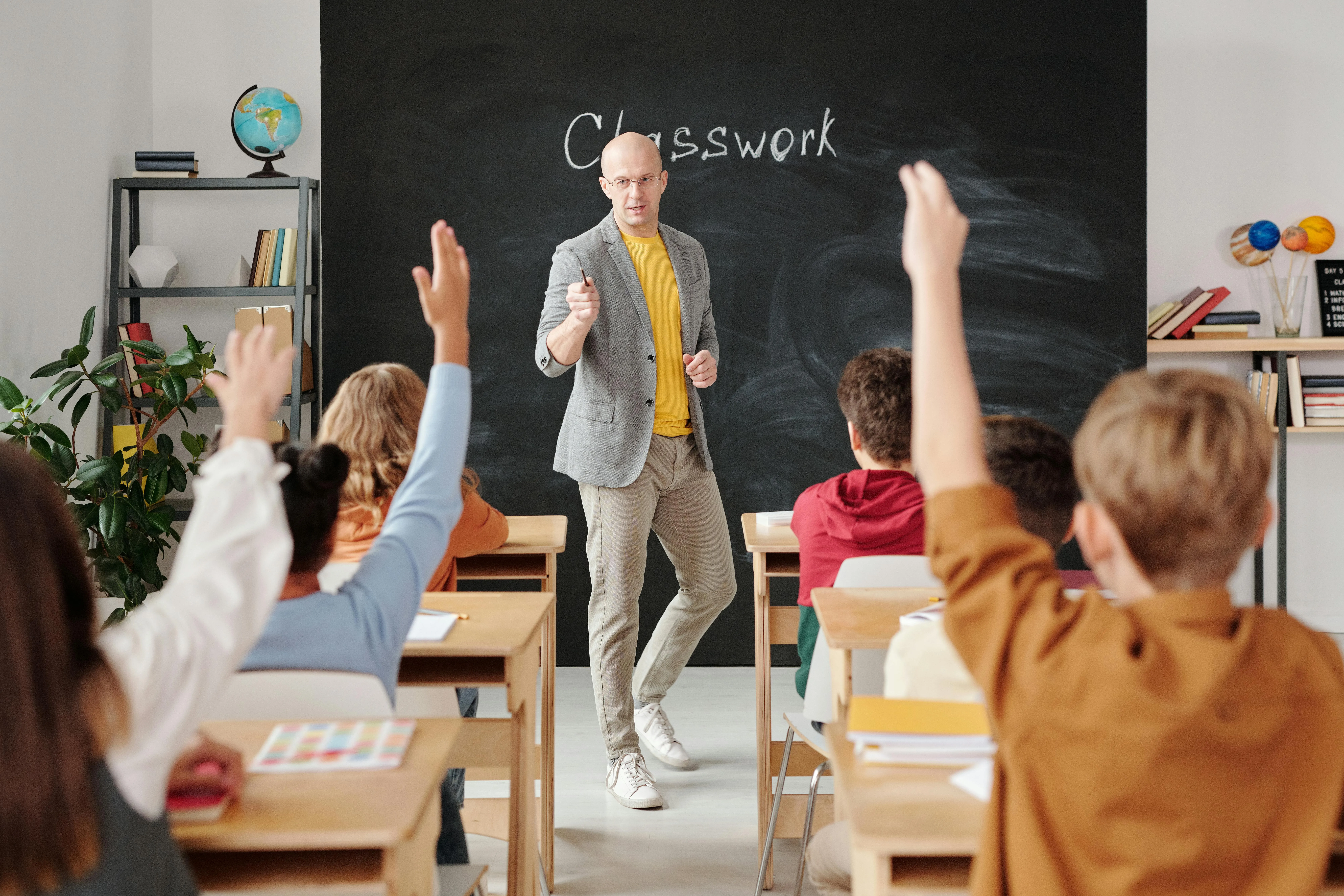
The term videography or better “audiovisual recording” is often understood as being able to “record what one sees” for later playback.
However, it is a widespread misconception that a video can reproduce what one perceives in a situation.
This is because there are major differences between human perception and the digital recording of optical and acoustic signals.
Technology considerations
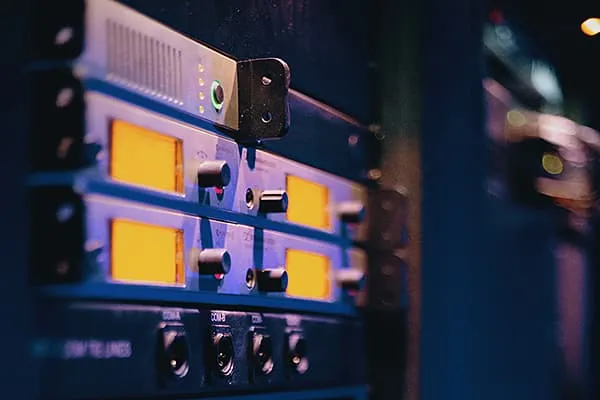
It is highly advisable to seek advice at an early stage before procuring technology and software from a company that deals professionally with the topic of “scientific observation / research”.
Key considerations:
- Use up-to-date AV technology
- Design systems specifically for research, not just AV recording
- Consider the specific research context and requirements
- Plan for changing positions and spatial orientations
- Account for multiple audio sources and viewing angles
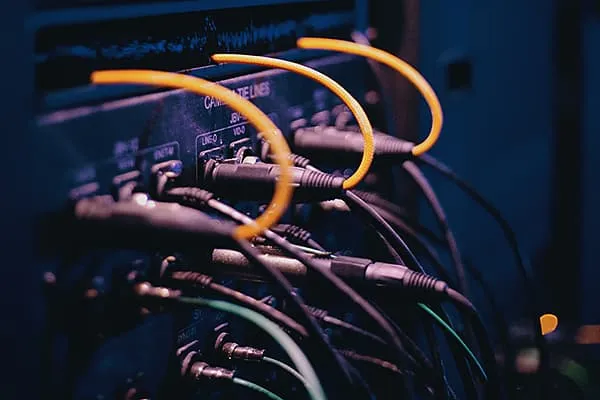
Mangold Observation Labs
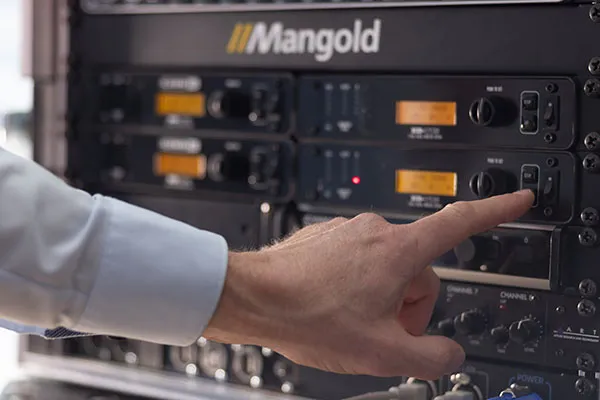
Mangold International provides complete audio/video observation systems with:
- Everything from a single source: Audio/video, software, computer technology and data collection systems
- On-site setup and installation
- Professional service and support
- Modular and expandable design
Video Analysis Capabilities
The purpose of video recording is ultimately to gain insights that cannot be obtained by other methods. Videos are only “data” that need to be analyzed through qualitative content coding.
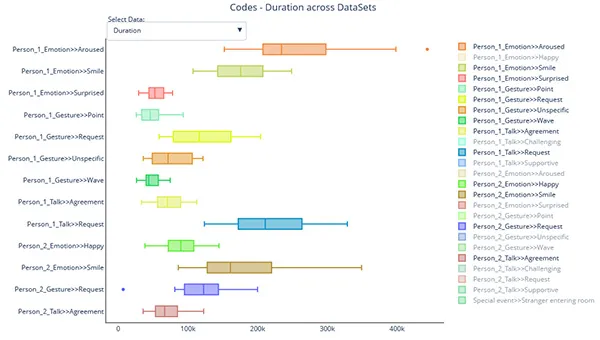
With proper coding and analysis tools like Mangold INTERACT, researchers can examine:
- Descriptive statistics of classroom behaviors
- Co-occurrences of different events
- Time-based patterns and sequences
- Complex behavioral contingencies
- Transitions between different types of interactions
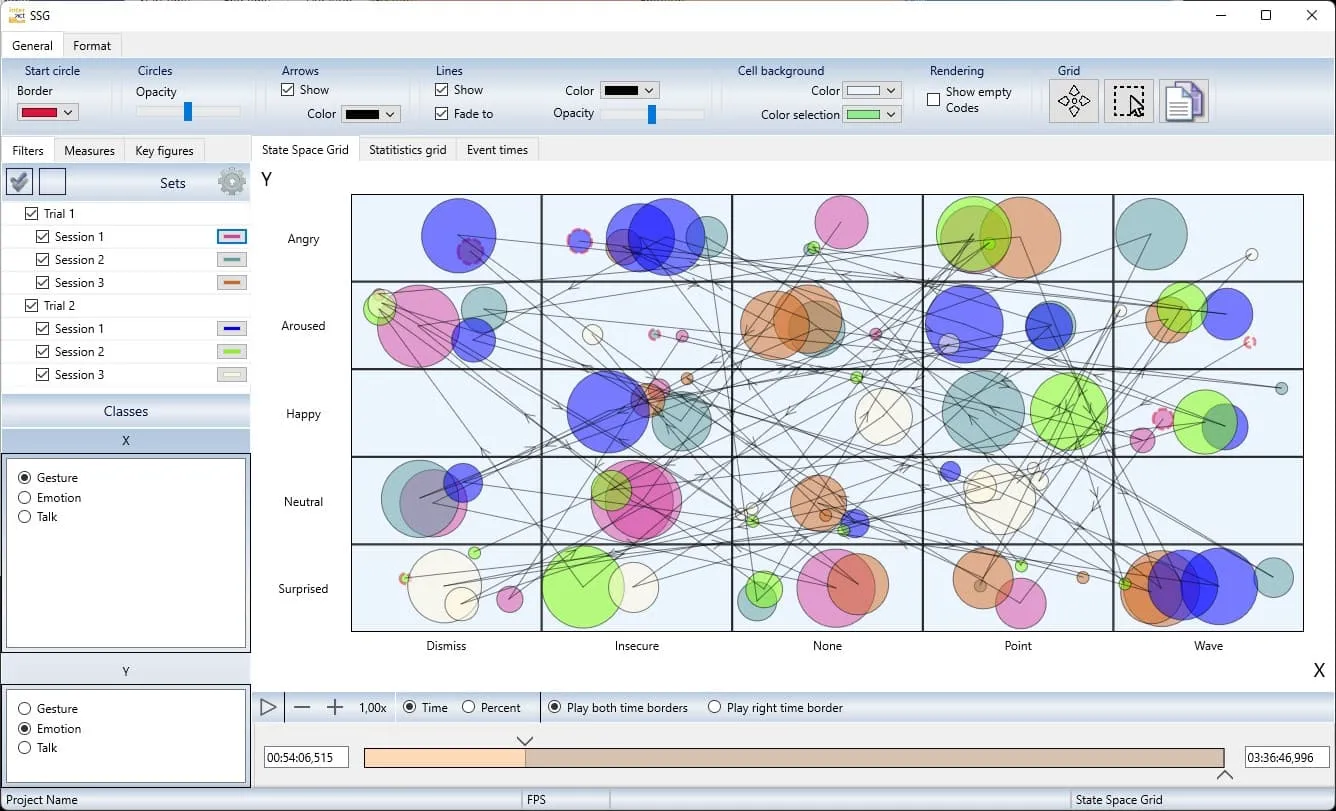
Benefits of Video Analysis
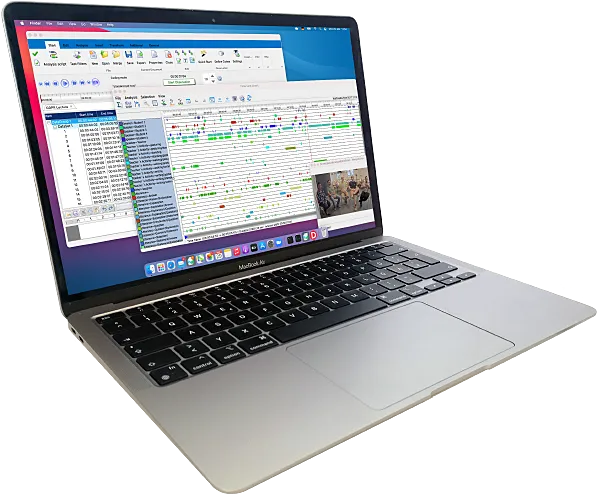
Classroom research becomes truly efficient and effective when you:
- Use appropriate technology to capture the necessary data
- Apply systematic coding approaches
- Utilize powerful analysis tools
- Focus on extracting meaningful patterns and insights
This allows video-based studies to provide real value and justify the investment of time and resources.
Mangold Observation Labs
Mangold Observation Labs are comprehensive turn-key solution for conducting behavioral research and observation.
